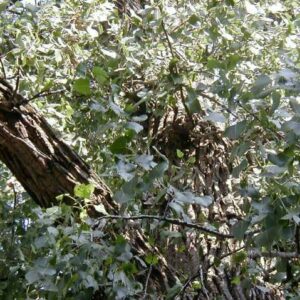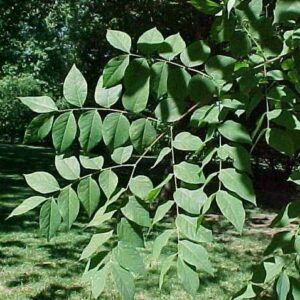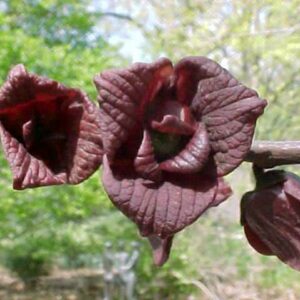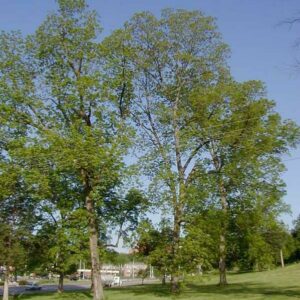Description
Type: Deciduous tree
Family: Fagaceae
Height:40-75 feet
Spread: 25-50 feet
Native Range: Southeastern US, southeastern counties in Missouri
Ideal Site Requirements:
Soil: moist well-drained soils
Water: medium to wet
Sunlight needs: full sun
Tolerates: clay soil, wet soil, air pollution
Landscape use: shade tree, street tree, rain garden
Brief Description: Large tree with willow-like leaves and relatively fast growth rate. Normally found in wet or low bottomland areas, but is adaptable to a variety of soil conditions.
Possible Problems: Willow oak is generally considered to have good resistance to pests and to be a low-maintenance, long-lived tree. Oaks in general can be susceptible to a large number of diseases, including oak wilt, chestnut blight, shoestring root rot, anthracnose, oak leaf blister, cankers, leaf spots and powdery mildew. Potential insect pests include scale, oak skeletonizer, leaf miner, galls, oak lace bugs, borers, caterpillars and nut weevils.
Stand out Features: Adaptable tree for street platings, large lawns and open spaces. Small leaves and acorns make it probably the easiest native oak to clean up after.
Read more here.
Additional information
| Common Name | willow oak |
|---|---|
| Scientific Name | Quercus phellos |
| Native Range | Southeastern United States |
| Zone | 5 to 9 |
| Height | 40.00 to 75.00 feet |
| Spread | 25.00 to 50.00 feet |
| Bloom Time | April |
| Bloom Description | Yellow-green |
| Sun | Full sun |
| Water | Medium to wet |
| Maintenance | Low |
| Suggested Use | Shade Tree, Street Tree, Rain Garden |
| Flower | Insignificant |
| Tolerate | Clay Soil, Wet Soil, Air Pollution |





